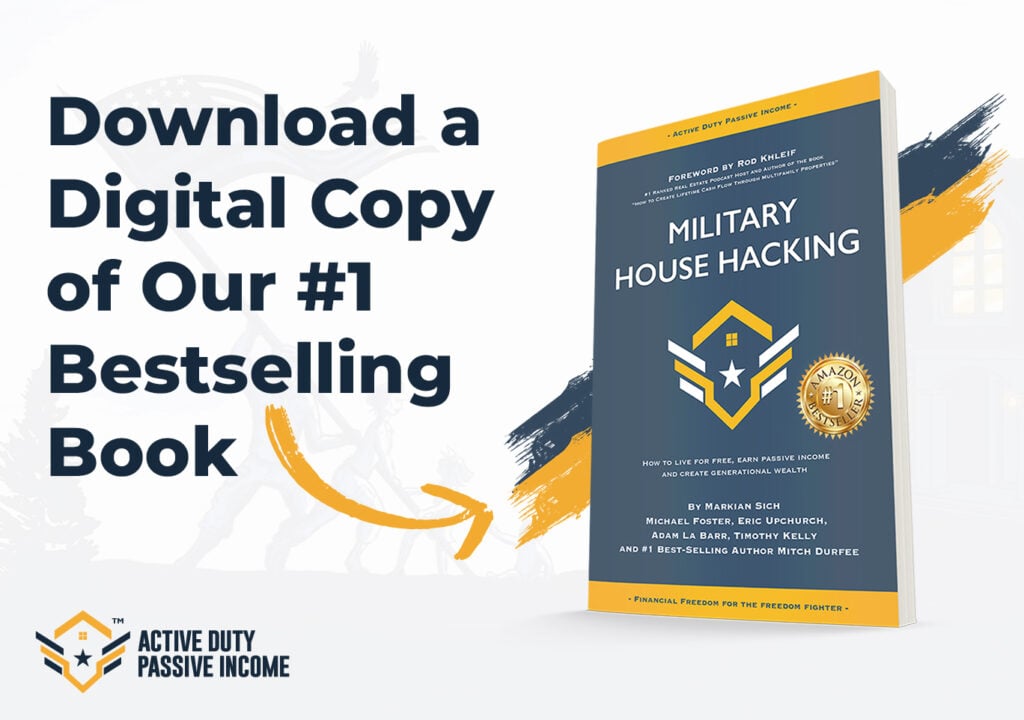Written by: Rent to Retirement
There are so many terms that get thrown around when evaluating rental properties. For some they are second nature, but for others they are the beginning of a different language that needs to be carefully navigated.
While each of these terms represents something different, they are all similar in the fact that they represent the potential profitability of an investment property. They are however, vastly different, representing different things and should be evaluated with a thorough understanding. This article will discuss cash flow, cap rate and return on investment.
What is Cash flow?
Of the three metrics, cash flow is probably the easiest to comprehend. It is also the one that is the easiest to manipulate and the one that likely matters the least.
Utilizing the cash flow calculation can help give you an idea of how much passive income you should be making on a monthly basis. The higher the number the more money you will be pocketing each month.
Cash flow is simply the difference between the rental income and the expenses (including mortgage).
- Cash Flow = Rental income minus ALL expenses (including reserves and mortgage)
Often you will hear that you want a property to “cash flow” at least $200 or $300. The problem is you can easily manipulate your numbers to make almost any property cash flow for that amount. If you want to increase your cash flow, you can simply have a higher down payment which will lower your monthly mortgage.
Alternatively, you can modify how much you are setting aside for your reserves (maintenance, capital expenditures, vacancy). Normally, reserves are a percentage of your monthly rent. If you typically set aside 20% for reserves, you can increase your cash flow by decreasing this amount to 10-15%. However, by doing so you have a higher risk of paying out of pocket when problems occur.
Looking at cash flow is important, but it shouldn’t be done without looking at other financial metrics. It also, should not be the sole factor that convinces you to buy (or not to buy) a property. We will look at why when we talk about return on investment.
What is Cap Rate?
Capitalization Rate, or more commonly Cap Rate, is a metric used to get a better picture of profitability of a specific property. It allows investors to compare similar properties within the same market. It provides a better picture of a rental investment by excluding the mortgage payment from the equation because use of leverage varies by individual investors.
Cap rate utilizes the net operating income (NOI) produced by a property (not including debt services) divided by the property value/asking price.
- Cap Rate = NOI / property value
When calculating a cap rate, the net operating income is the gross annual rental income minus normal operating expenses (excluding mortgage payment): maintenance/repairs, property management, capital expenditures, etc.
If a property has a value of $180,000 and the expected NOI is $14,000 the projected cap rate will be 7.8%:
- Annual NOI / Property Value = Cap Rate
- $14,000 / $180,000 = 7.8%
Evaluating Cap Rates
In a comparison of cap rates of properties within the same market, generally speaking, the property with the higher cap rate tends to be a better investment. Remember, the cap rate equation standardizes rental property evaluations by removing areas of potential manipulation (more or less use of leverage).
When evaluating properties through use of cap rate, pay close attention if one has an unusually high or low cap rate.
If we see higher than average cap rate, the NOI could be much higher due to above-market rent. Having above-market rent isn’t bad, until you aren’t able to sustain that rent because the tenant moves out or it goes unrented. This will lead to a lowering of rent and subsequently a lowering of your NOI. All to say that your cap rate of 8% may fall closer to 6% – like all the other properties in the area. What you thought was a diamond in the rough is actually just an ordinary property.
Conversely, if you see a cap rate much lower than others it could be because the property is rented at a below-market rent which leads to a lower NOI. If you were able to raise the rent to market or even slightly above, this could lead to a significantly higher cap rate because your NOI will increase as well!
What is ROI?
ROI, or return on investment, provides you an indication of what percent return you will see on your initial investment.
ROI utilizes the annual cash flow the rental property makes on an annual basis (including mortgage) divided by the total initial investment.
- ROI = Annual cash flow / Total Initial Investment
One measures what the potential returns could be while the other calculates what the return actually is (or should be). An ROI of 100% means you have completely recovered all of your initial investment.
When calculating our annual cash flow, it’s important that we evaluate cash flow after including all of our operating expenses as well as mortgage payments. If our annual cash flow is $4,000 and we made an initial investment on our $150,000 property of $30,000 (20% down payment), then our ROI for this investment would be 13.3%:
- Annual cash flow / Total Initial Investment = ROI
- $4,000 / $30,000 = 13.3%
Evaluating ROI allows helps us to better standardize the cash flow comparison. Many investors like to see high cash flow – the higher the better. However, depending on your initial investment a higher cash flow might not yield as high of ROI.
- $10,000 (annual cash flow) / $400,000 (total investment) = 2.5% ROI
- $3,000 (annual cash flow) / $15,000 (total investment) = 20% ROI
Unlike Cap Rate which allows you to evaluate properties comparatively, ROI provides the investor just how well an investment will perform for them. It utilizes the expected cash flow from the property with the initial investment to acquire the property. Therefore, the higher the ROI the more profitable a property will be.
Assuming our $30,000 down payment remains consistent, a higher ROI would require the annual cash flow to increase (ie more profitable).
- 13.3% = $4,000 / $30,000
- 15% = $4,5000 / $30,000
- 16.7% = $5,000 / $30,000
Putting It All Together
As a new investor, there are a lot of calculations that often get throw around. Each of the metrics discussed in this article represent a different way a wise investor can evaluate the potential of an individual property.
All are relatively easy to calculate and can be done very quickly after some practice. It’s important to not only understand the calculations but what they mean for your investment property. Cap rate allows you to compare similar properties within a specific market while ROI focus on how your investment will perform.
An experienced investor understands that they should not focus on one specific metric but look at them together when trying to make the best decision possible for their situation.









